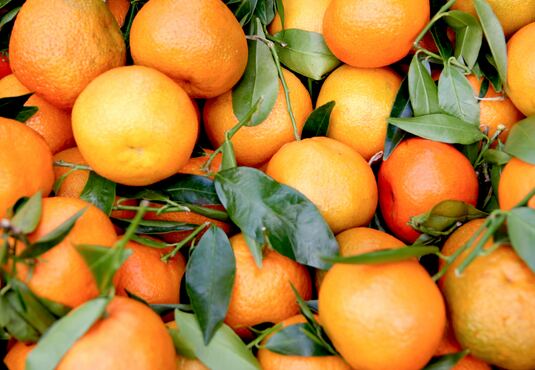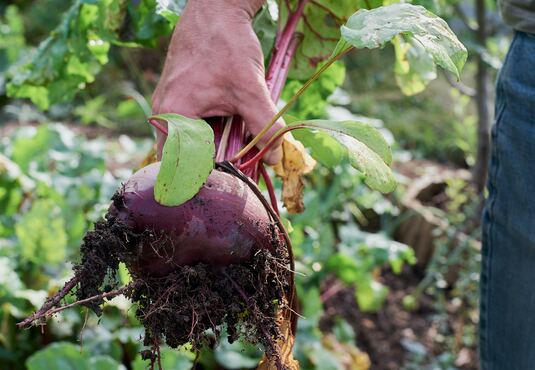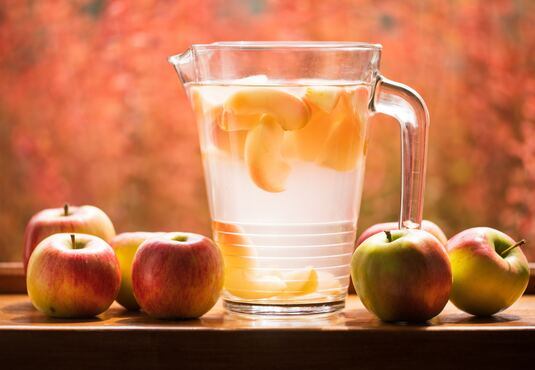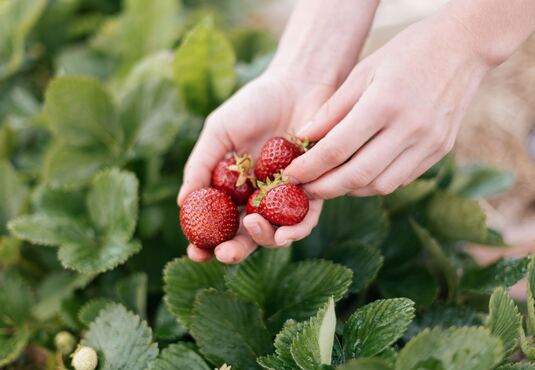
Sugar Trap Breakfast Cereal?
If you want to start the day in a healthy way, you should enjoy a balanced breakfast. The positive effects of the morning meal are well-documented, not only for children and adolescents but also for adults (see also "How to Start Your Day Successfully").
Grain products like bread, muesli, and cereals are also part of a good breakfast. However, the cereals often marketed as healthy do not always meet the criteria of nutrition science. Specifically, cereals and crunchy/chocolate muesli, popular among children, have been criticized for their high sugar content.
Cereal Sugar Check
The preventive medicine institution SIPCAN, with its annual market analyses, reveals the "hidden" sugar content in cereals and cereal products (as well as in beverages, dairy products, and milk alternatives). In the first Cereal Check in 2021, every third product was exposed as a sugar trap. In the current 2023 analysis, with over 540 different products, more than one in four products (26%) still had a sugar content of over 20 grams per 100 grams, which was considered too sweet. The average sugar content in these sugary products is approximately 25 grams. On average, a quarter of the weight of these products is sugar. The sweetest sugar bomb contains a whopping 37 grams (per 100 g).
However, three-quarters of all cereals and cereals (74%) currently have a maximum of 20 grams of sugar (per 100 g), meeting SIPCAN's sugar guideline. Particularly positive is that 50% of the products contain a maximum of 15 grams. Fortunately, many food producers and retailers have recognized the "healthy" need to reduce sugar and are optimizing their products and formulations to cater to the increasing number of health-conscious consumers.
How to Check Your Cereal and Cereal Products
Simply take a look at the nutritional table. All cereals and cereal products that meet the following guideline criteria can support a healthier lifestyle:
• maximum of 20g of sugar per 100g (including naturally occurring sugar)
• no artificial sweeteners or sugar substitutes
• maximum of 20g of fat per 100g
What else should you consider when choosing cereal products?
Compare the fruit content in the ingredient list. Naturally occurring sugar is preferable to added sugar. The higher the fruit content in the product, the higher the naturally occurring sugar content.
Opt for cereal products and cereals with a high fiber content. Fiber leads to a slower increase in blood sugar levels and positively affects the feeling of fullness.
Beware of portion size - The hand as a measure
Many manufacturers provide a recommended serving size on the packaging, but especially with cereal products, it can be challenging to estimate portion sizes in grams without using a kitchen scale As a simple measuring aid that you always have with you, use your hand: Two handfuls of muesli or cereals equal one portion. The advantage of this is that the portion size is smaller for children with their lower energy requirements compared to adults.
Enjoy consciously!
For sweeter products, the amount of sugar can also be reduced by consciously choosing a smaller portion size. The healthiest option, of course, is to prepare your muesli or porridge from simple cereal mixtures, fresh or dried fruits, and milk or water.
You can check your cereals and cereal products online here >>
www.sipcan.at/online-checklisten
More information at:








